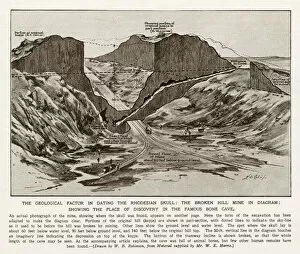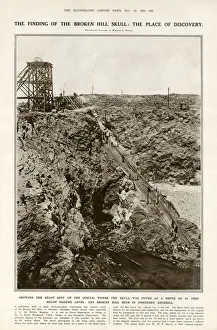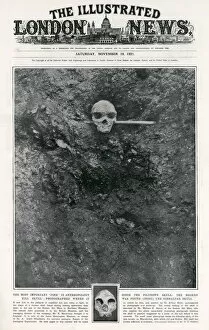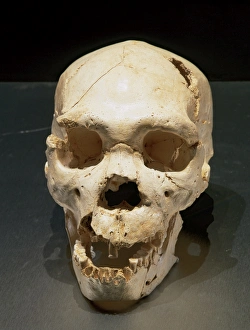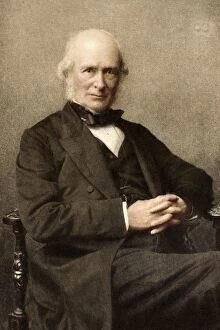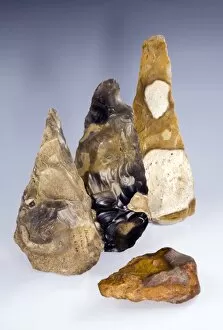Heidelbergensis Collection
"Heidelbergensis: Unraveling the Mysteries of Our Ancient Ancestors" Step back in time and explore the fascinating world of Heidelbergensis
All Professionally Made to Order for Quick Shipping
"Heidelbergensis: Unraveling the Mysteries of Our Ancient Ancestors" Step back in time and explore the fascinating world of Heidelbergensis, a species that once roamed our planet thousands of years ago. Through various artifacts and discoveries, we have pieced together their story, shedding light on our own evolutionary journey. One such artifact is a diagram showcasing the lead and zinc mine in Broken Hill, Northern Rhodesia (now Kabwe, Zambia). This mine holds significant importance as it was here that a cranium belonging to Homo rhodesiensis was unearthed. The discovery provided crucial insights into the existence in this region. Another remarkable find comes from Atapuerca, Spain - Skull number 5 belonging to Homo heidelbergensis. These skulls offer an invaluable glimpse into their physical characteristics and allow us to reconstruct their appearance with astonishing accuracy. The significance of handaxes cannot be overstated when studying Heidelbergensis. The first handaxe discovered by John Frere in Hoxne dates back to 1797 and serves as evidence for early human tool-making abilities. Similarly, Grays Inn's first British handaxe from 1697 showcases how these ancient beings utilized tools for survival. Joseph Prestwich's Somme human antiquity further deepens our understanding of Heidelbergensis' presence across different regions. His meticulous research provides valuable information about their migration patterns and cultural practices. To bring these findings closer to life, tinted photographs taken by Joseph Prestwich during the 1880s provide a unique visual representation of what life might have been like for Heidelbergensis. These images evoke a sense of awe as we witness moments frozen in time through their eyes. As we continue unearthing more remnants from our past, each new discovery adds another layer to the complex puzzle that is Heidelbergensis. Their existence bridges the gap between earlier hominins and modern humans – offering a glimpse into our shared ancestry.

